- Learning time
- 60 minutes
- First play time
- 120 minutes
Tesla vs. Edison: War of Currents
Designed by: Dirk Knemeyer
Anyone who knows their history will know that when electrical bulbs first appeared the fighting wasn’t over bayonet or screw-fit, but the currents that supplied them: AC or DC. And at the time there was all manner of dirty tricks played as rival designers struggled to establish themselves (and their preferred technology) as top dog in the USA.
In Tesla vs Edison players recreate those times and see if history might have played out a little differently, had they been around.
Players each take a luminary card (representing the likes of Tesla, Edison, and other figures from the time) and on your turn you play these luminaries to take actions, which are described in brief below. During the game you’ll also bid for more luminaries; at the start of rounds one, three and five.
On the top side of the board is a map of the USA circa 1880, with it’s many cities of varying sizes just itching to be supplied with power. During the game you’ll be establishing your network on the map, but you can only supply the level of technology your company has developed (there are five in total and you start on level one). This is called building a project and it pushes the stock value of your company up.
So on the bottom half of the board are technology tracks showing the progress of every player in developing the two currents (AC and DC) and the bulbs they power. You can use your luminary cards to shuffle up these technology tracks, which lets you build bigger projects, and potentially grab patents as well, which give you cash rewards when other players use your patented technology.
Also on the bottom half of the board is a graph showing the value of each companies shares on the stock market. You can buy and sell shares in anybody’s company, not just your own: buying increases the worth and selling decreases it – sometimes dramatically.
Finally you can use a luminary to take a propaganda action: this allows you to manipulate the fame tracks: the fame track for individual luminaries establishes turn order, and the fame track for the currencies potentially brings rewards and/or penalties for players building networks.
The luminary you choose to play also effects how your turn works; not only do certain luminaries give you advantages on certain actions, your starting luminary has a special power that is advanced to all of your luminaries. At the end of the game the value of all your shares in the current market price decides the winner, with cash in hand the tie-breaker.
The guru's verdict
-
Take That!
Take That!
High. You can get in each other's way on the map, jostle for position in turn order, devalue each other's technologies and, most pertinently, devalue each other's stock in the stock market. Don't be fooled by that somberly elegant board - this is a bloody battle.
-
Fidget Factor!
Fidget Factor!
High on a first play. Moderate on a second play... then actually quite low. Although the game may feel like a beast with it's thematically dry (but mechanically feisty) network-building and stock-manipulation, nobody's actually drowning in choices, so you shouldn't have to wait an age for your turn.
-
Brain Burn!
Brain Burn!
Moderate. The intricacies of the rules just push Tesla vs Edison into a complexity 4 bracket, but once you've got your head around them, gameplay is actually pretty quick.
-
Again Again!
Again Again!
It's not a game with a lot of random factors, but you can try playing with different luminaries and adopt different tactics. Just remember that the stock market is crucial to winning.

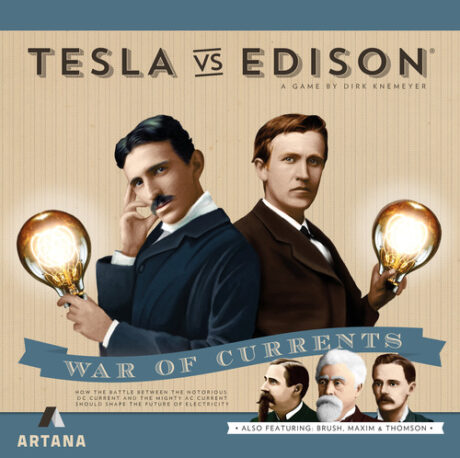
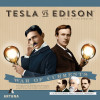

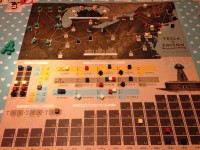

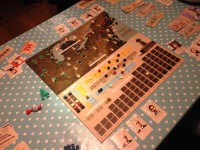




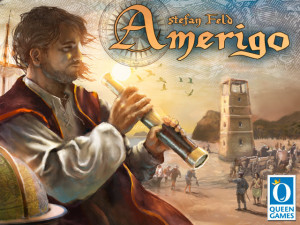
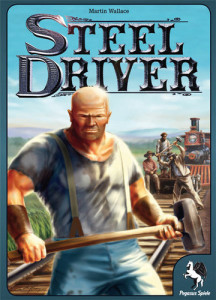
Sam says
Tesla vs Edison looks beautiful and unlike some allegedly historically-themed games, seems suitably immersed in the history that inspired it: all the luminary and propaganda cards contain nuggets of information from the time and your luminary actions feel like they're part of the bigger story. Rules-wise it does take a wee while to work how elements in the game affect each other and how the stock market works, and as such it's not a game to paddle in - you need to make a commitment! But overall I enjoyed the experience and can see older players getting immersed in the history and theme - especially if they enjoy screwing each other over!